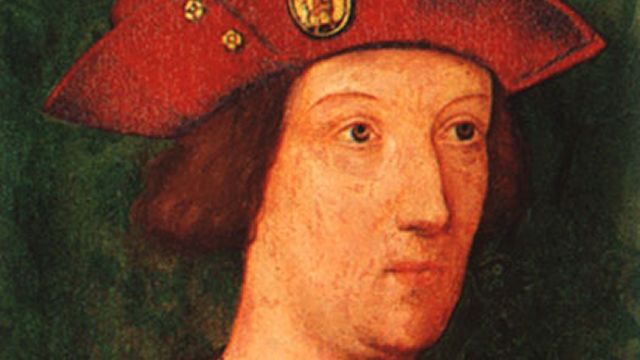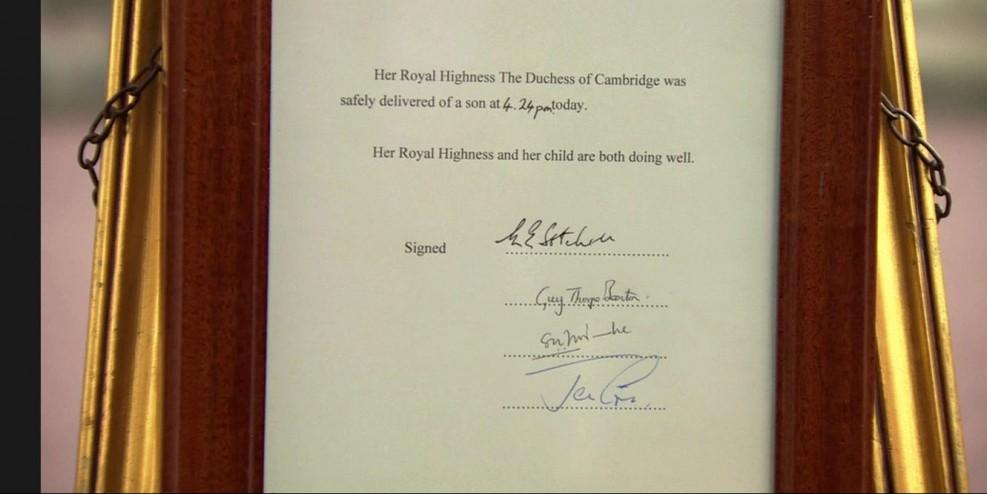
Yesterday, in case you have been living under a rock and managed to miss the worldwide media storm, the Duchess of Cambridge gave birth to a baby boy, a boy who is now third in line to the throne and will one day, be King of England. After the initial celebratory ‘it’s a boy’ announcements, the immediate question was, what will they call him? Currently, the name George is thought to be the favourite, but in the mean time, I have been flicking through the pages of some of my dustier history books, and found a collection of royal names for heirs, that never became king.
Robert
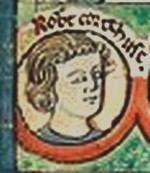
Robert Curthose was the eldest son of William the Conqueror, though their relationship was fraught and Robert spent a great deal of time away from England. Upon William’s death, he gave Robert the Duchy of Normandy, his second son William the kingdom of England and his third son (Henry I) was gifted money to buy land. Robert attempted to overthrow his brother William and assume the English throne, but failed through his own inaction. Later he would attempt the same against his brother Henry, who assumed the throne upon William II’s death, though Henry defeated him many times in battle and eventually captured him. Robert died imprisoned at Cardiff Castle in 1134.
Eustace
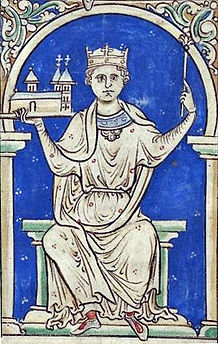
Despite having a small army of (mostly illegitimate) children, Henry I died without a male heir. His successor, Matilda was, at the time of her father’s death, in Anjou with her husband and as such could not move quickly enough to secure her, already dubious, accession. Instead Stephen of Blois, a grandson of William the Conqueror through his daughter Adela, took advantage of the confusion and had himself crowned King in December 1135. His reign, while initially successful, was marked by civil war as Matilda resorted to armed conflict to overthrow Stephen. In the later years of the war, Stephen tried to make his eldest son Eustace heir to the throne but his attempts were unsuccessful, through lack of support by the church. Eustace died quite suddenly, while his father was negotiating with Matilda’s son, Henry, who was considered by many to be the obvious choice to inherit the throne. Eustace’s death was seen as a contributing factor to the peace between Stephen and Henry, who had taken up his mother’s campaigns, and Henry did indeed succeed him, compensating Stephen’s second son William for the loss of the throne.
Alphonso
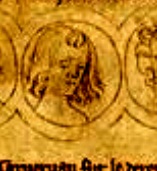
Named for his mother’s uncle and godfather Alfonso of Castile, Alphonso was the ninth child of Edward I, yet was also first in line to the throne, as his elder brothers John and Henry died young. Alphonso lived long enough to be betrothed to Margaret of Holland, before he himself died at eleven years old, leaving his newborn brother Edward as the only surviving male heir.
Roger and Edmund
Roger and Edmund Mortimer, Earls of March, became, at varying times, the heir presumptive to Richard II. Their mother, Philippa was the only child of Lionel, Duke of Clarence, the second surviving son of Edward III. Lionel died at twenty-nine, while celebrating his second marriage, giving his daughter’s line a claim to the throne, senior to that of his brother John of Gaunt. When Edward, the Black Prince of Wales died, leaving his young son Richard II as the heir to the throne of England, Philippa became the heir presumptive in the event that Richard had no children. Upon Philippa’s death in 1382 Roger became Richard’s heir in her place. When Roger was killed in Ireland in 1398, his eldest son Edmund inherited his titles and his claim to the throne. While Edmund was still a child, however, John of Gaunt’s son Henry deposed Richard II, establishing himself as king and his own son Henry as heir.
Arthur
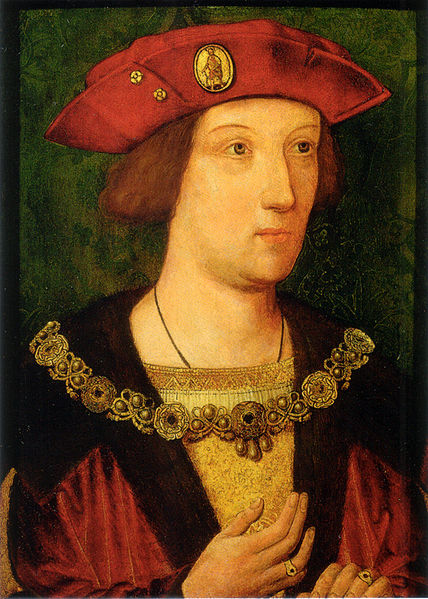
Upon his accession, Henry VII had his genealogists trace his lineage to the ancient kings of Britain, including King Arthur. They identified Winchester as the site of Camelot, and Henry, proclaiming that his wife was pregnant with a son, moved the court to Winchester for the birth, so that the next ‘King Arthur’ could be born. Luckily for him, it was indeed a son. They named him Arthur, as a sign that a golden age would return to England, a welcome notion in a country that had spent most of its living memory torn by civil war. He was betrothed, in his infancy, to Catherine of Aragon, with the wedding following in 1501. After the couple returned to Arthur’s castle at Ludlow, Arthur fell gravely ill and died just five months later, aged fifteen, leaving his brother Henry as the new Prince of Wales.
Follow us on Twitter: @HistoryRemaking
Or on Tumblr

